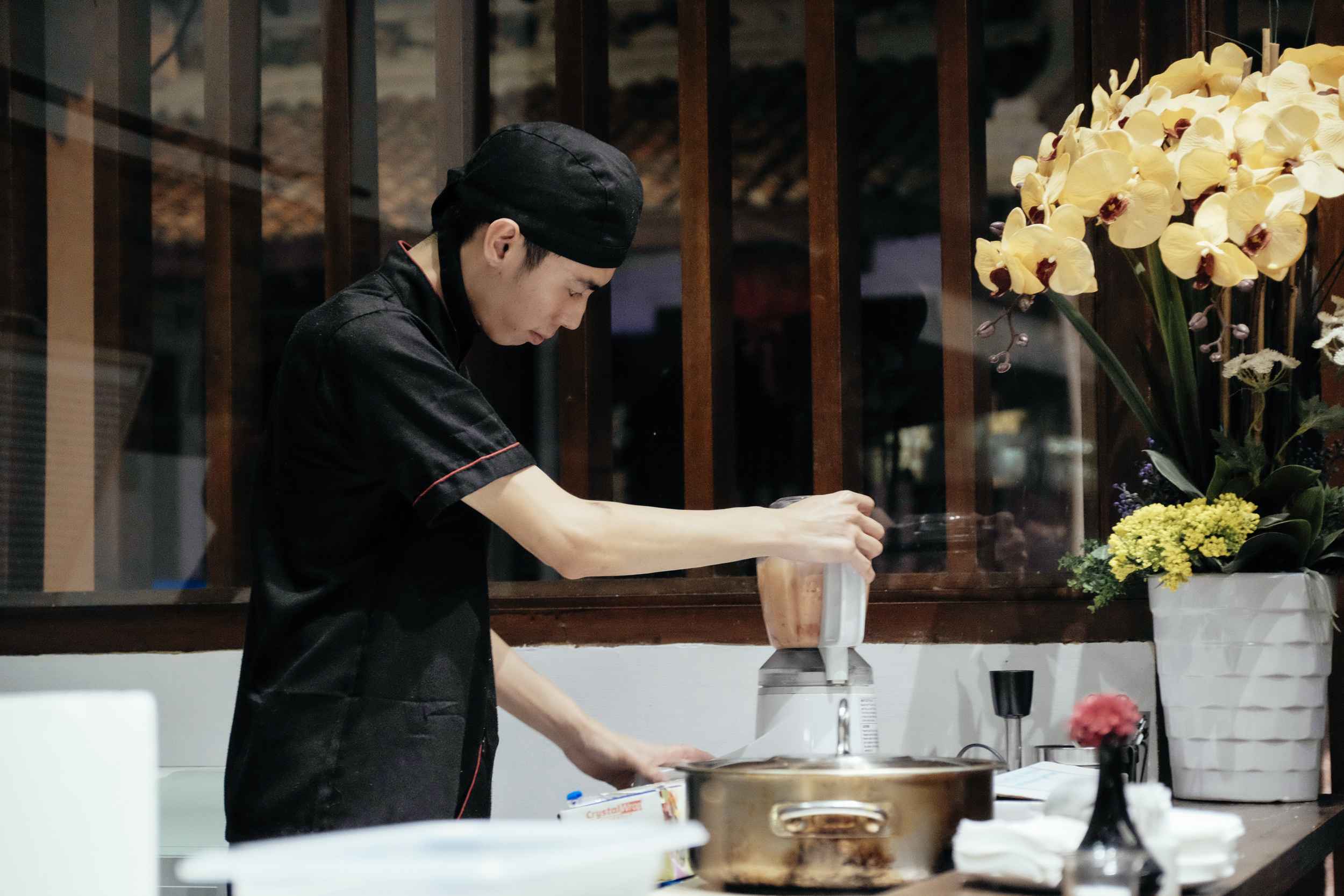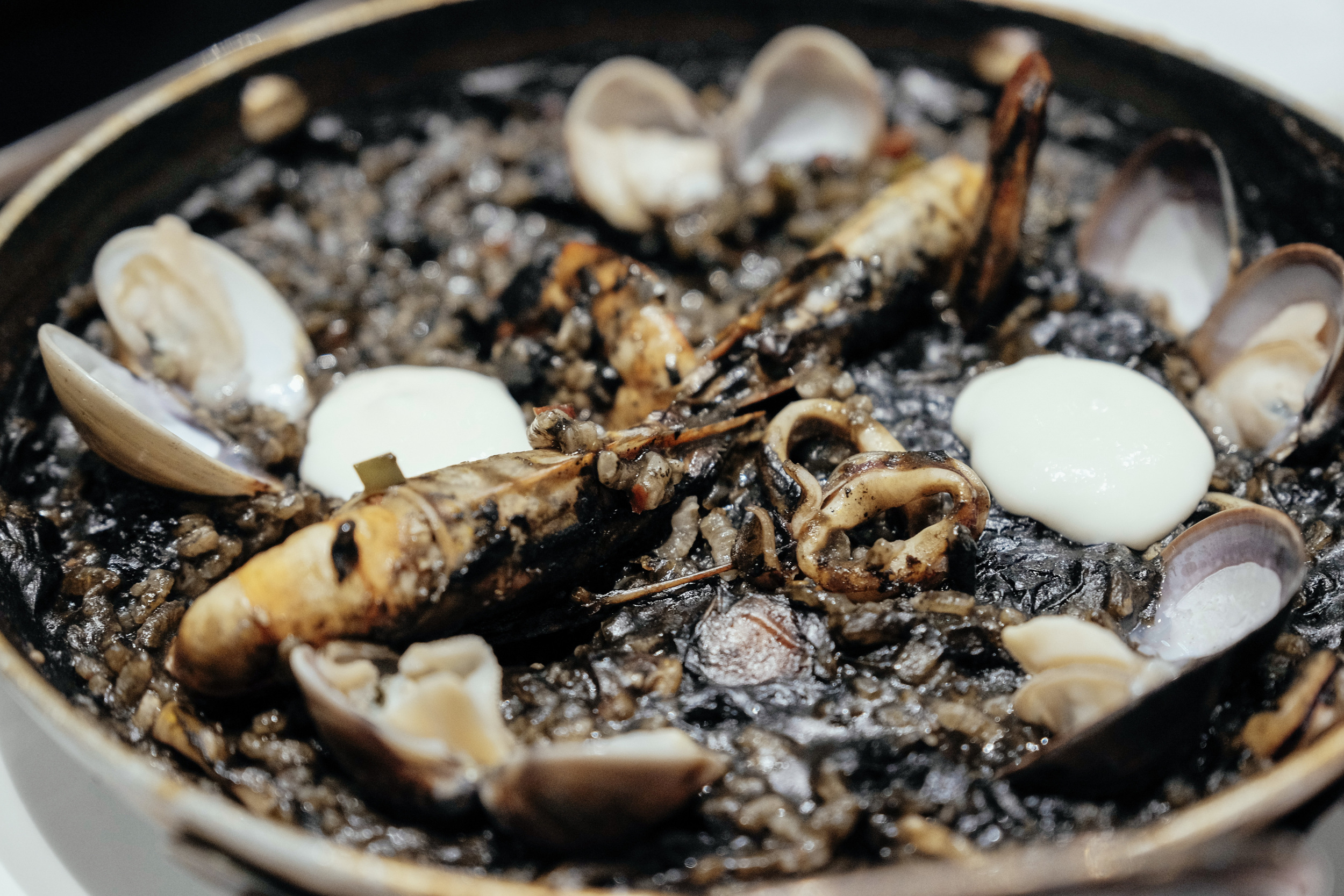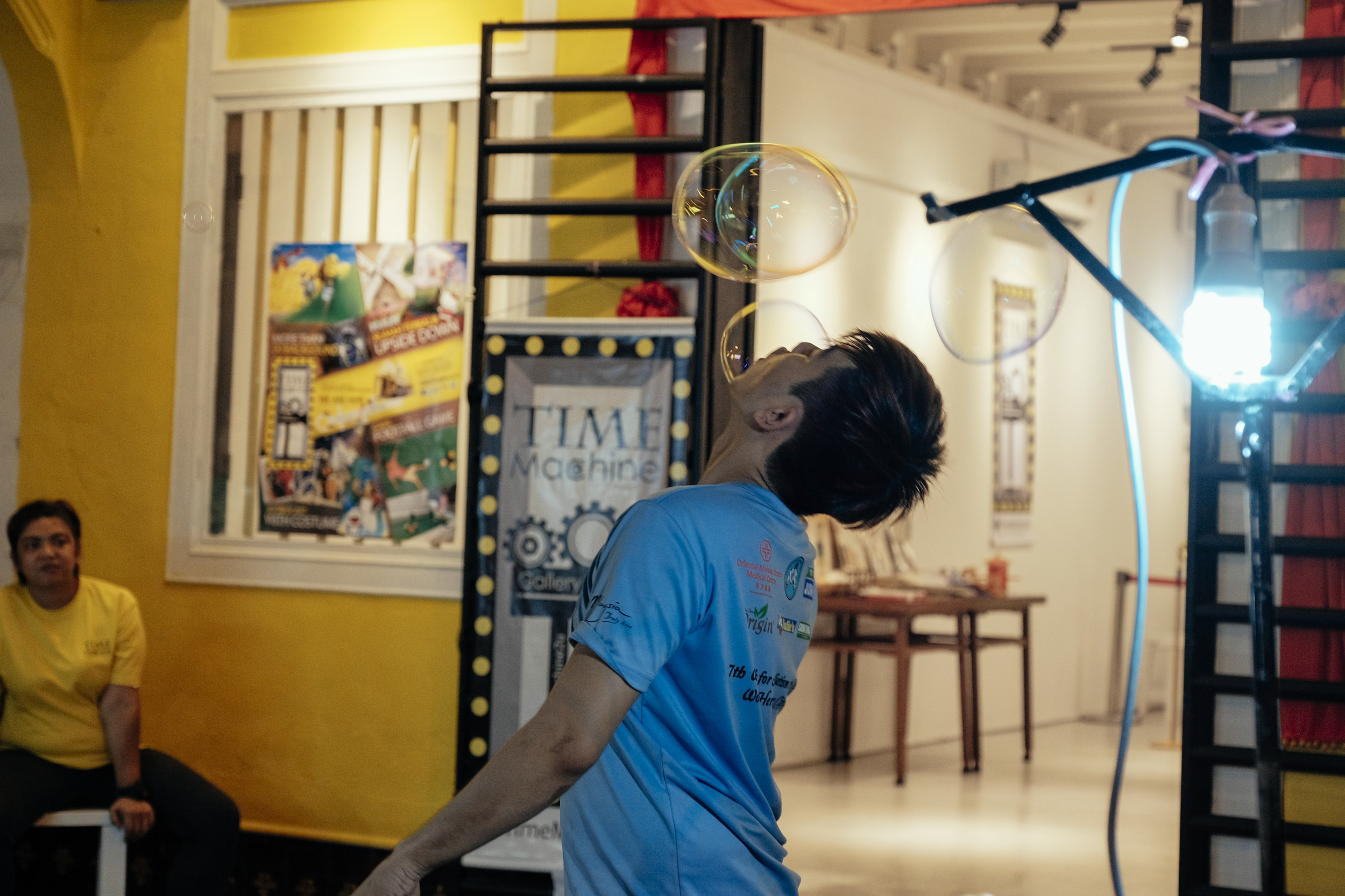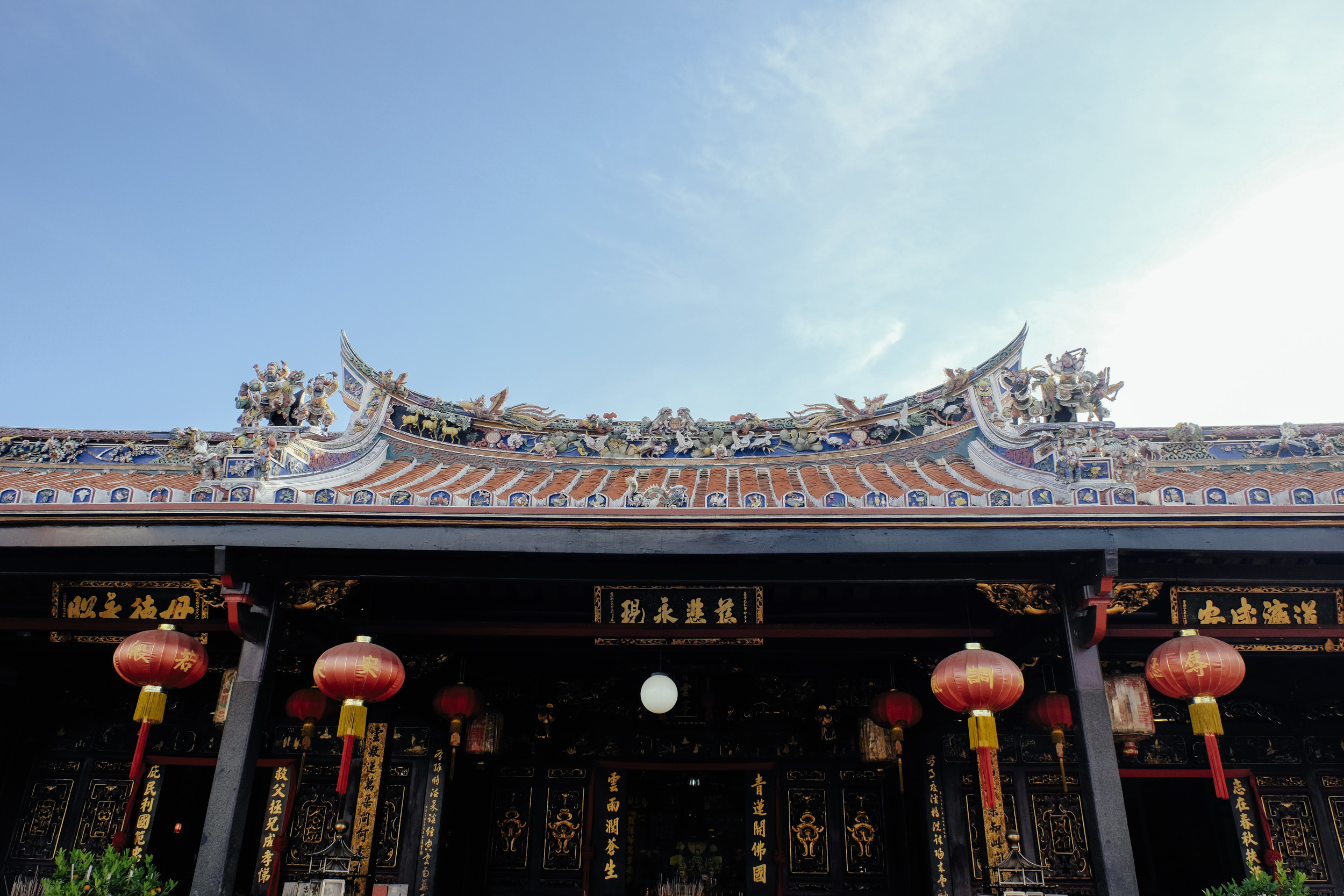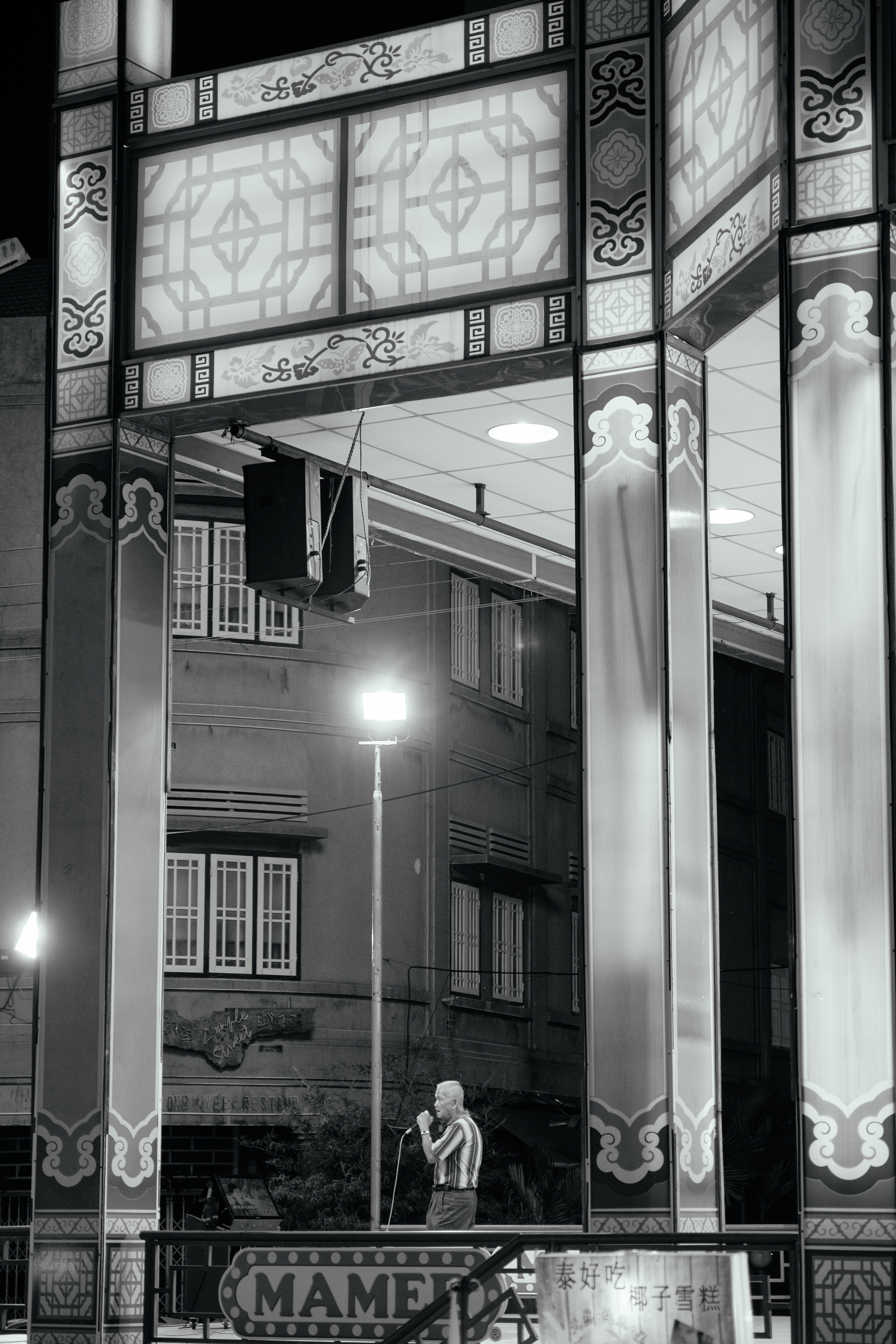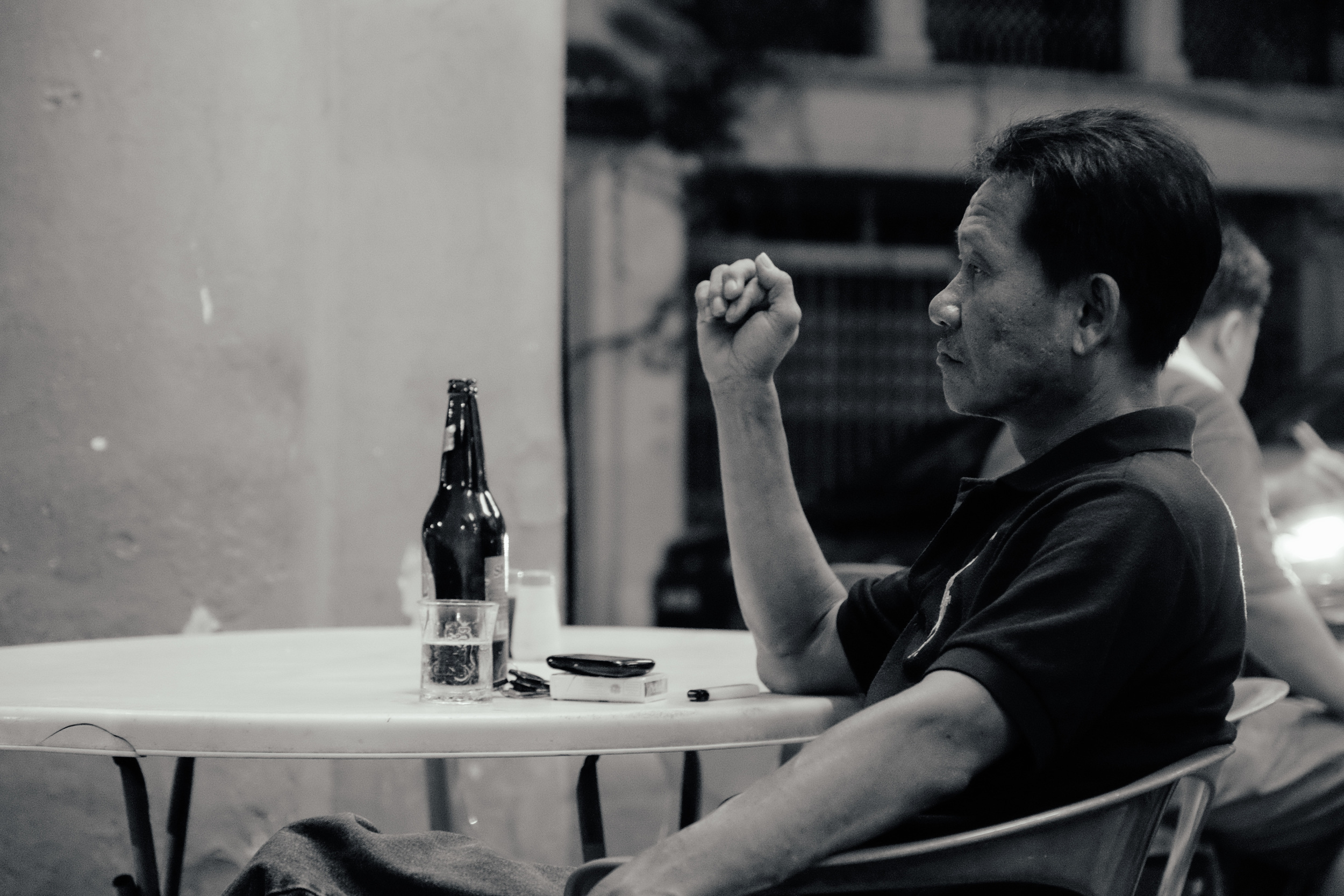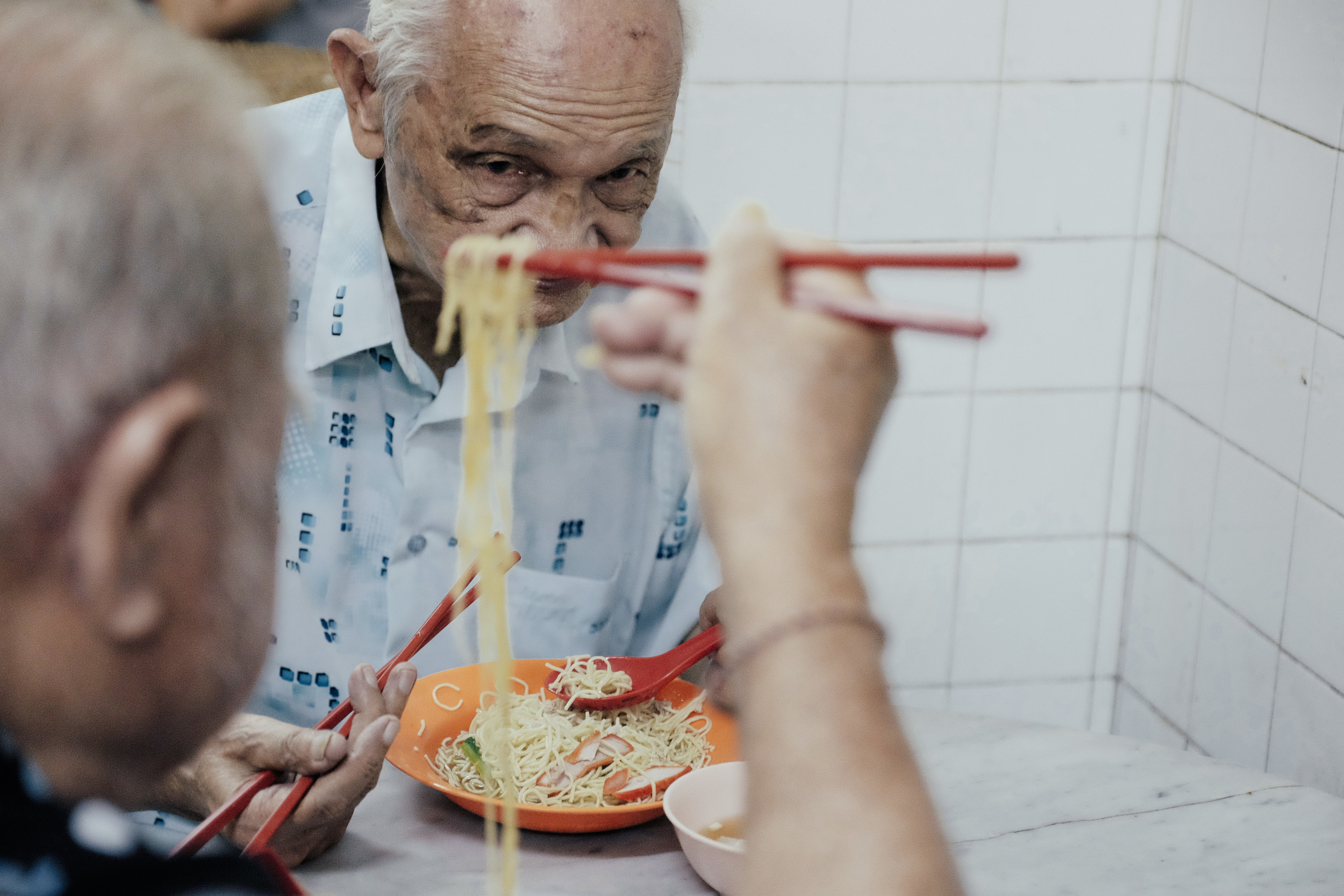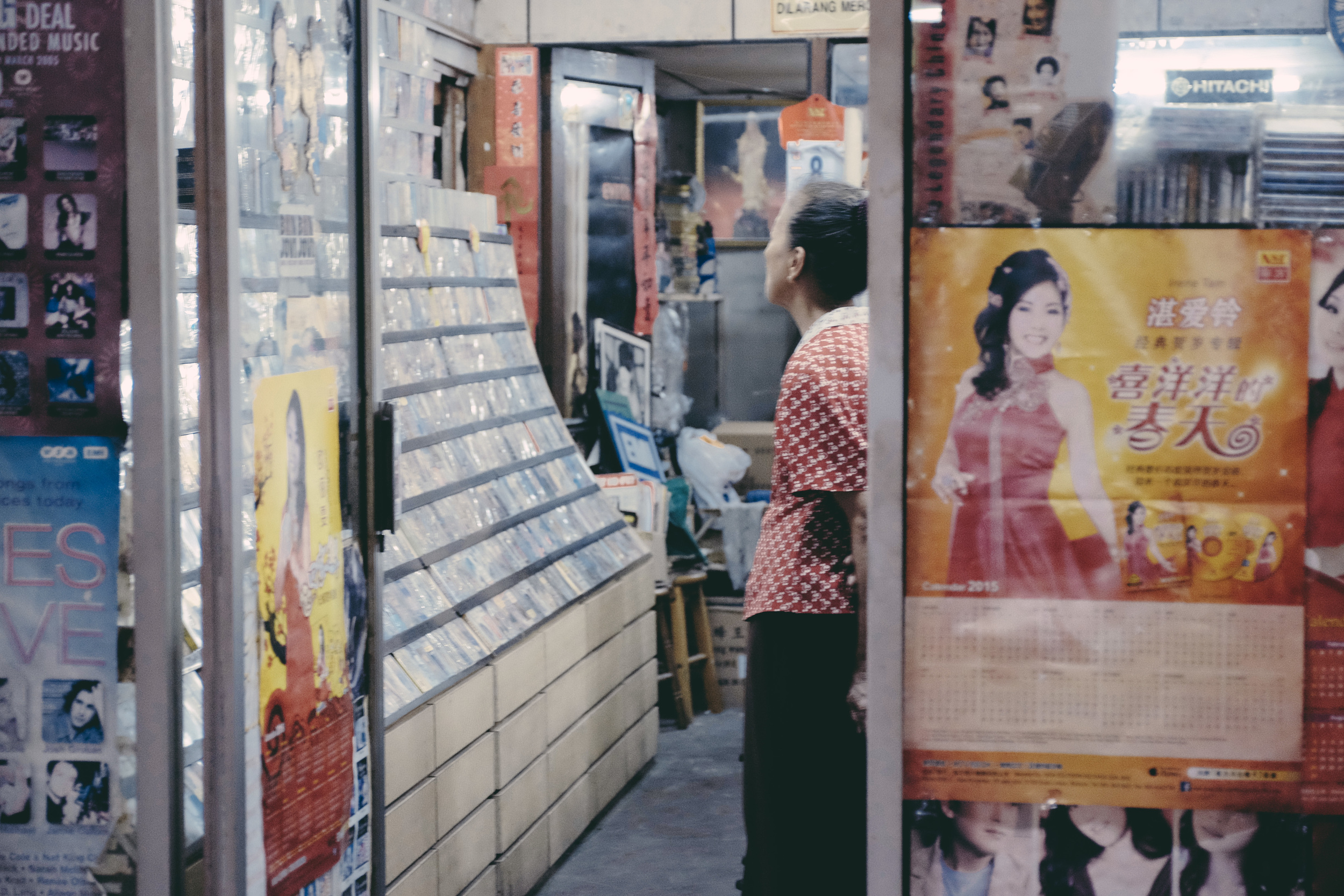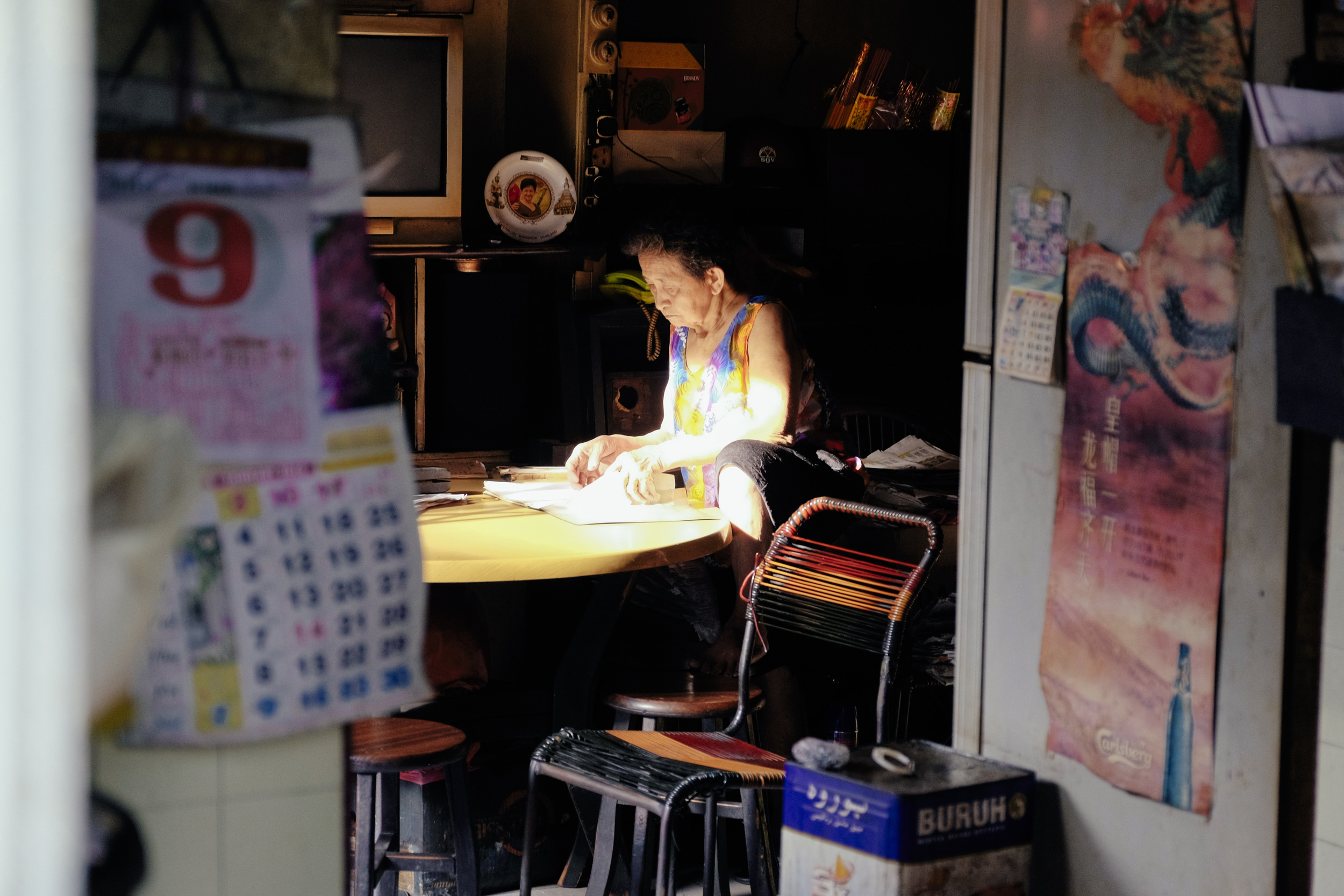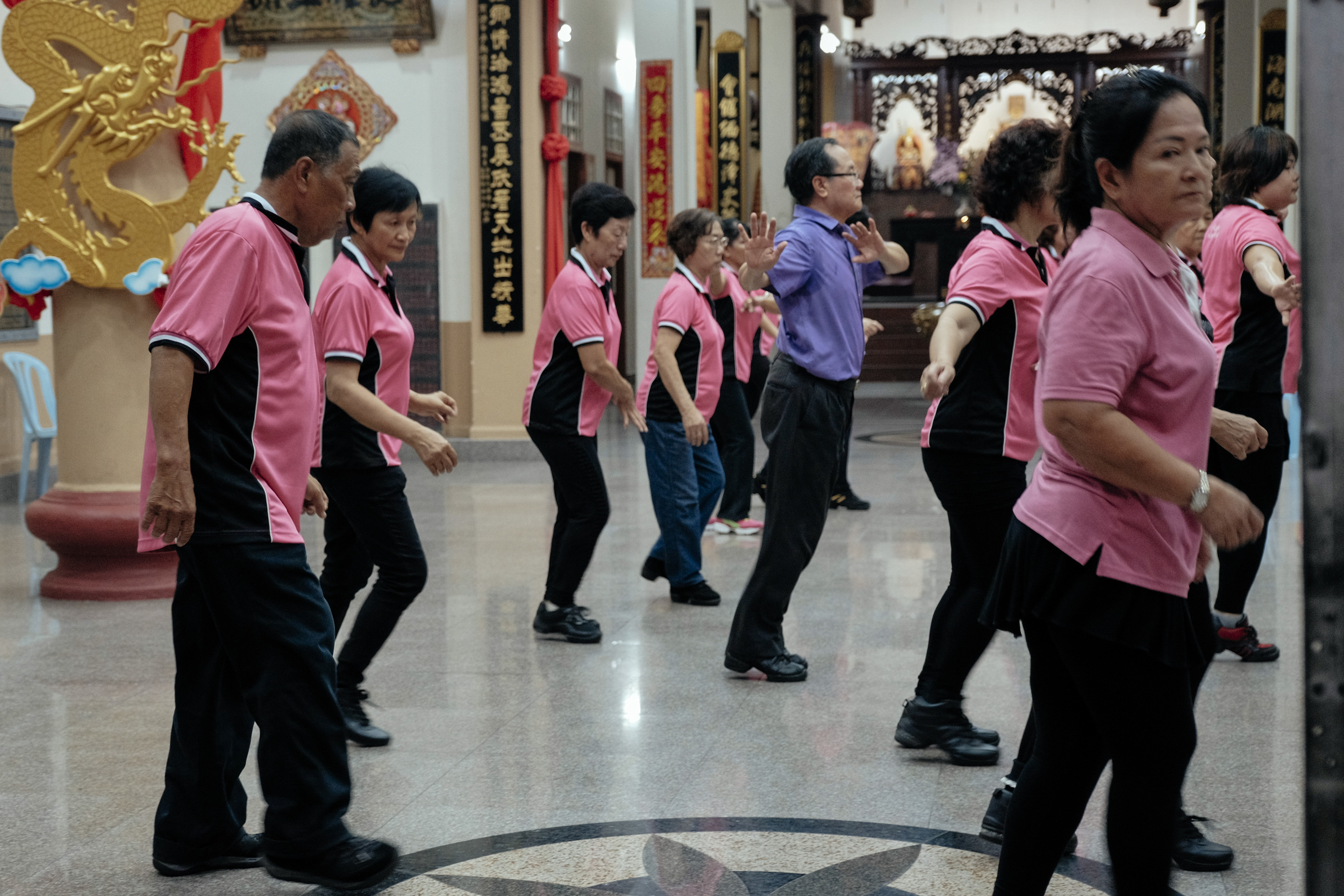Made in Melaka
3 July 2016
Melaka, once a famous port hundreds of years ago, has undergone a renaissance of sorts since it was bestowed with UNESCO World Heritage Site in 2008 - to preserve architecture, places of worship, and chicken rice balls.
Melaka may be a maelstrom on weekends as shoppers crowd the narrow streets, but there are still nooks and crannies worth exploring in this quaint town.
1. Bus No. 17
The crowd for the mythical bus number 17.
We emerged from the comfortable cocoon of our coach at Melaka Sentral, a sprawling behemoth of a structure with poor signage and half-hearted shops. Somewhere deep inside its bowels lay a bus interchange and the one bus, number 17, that would take us to the heritage heart of Melaka. Across a busy road, taxis circled like friendly vultures. A ride anywhere in the heritage zone costs a flat rate of RM20 (Malaysian Ringgit). No negotiations, no meter.
So, we waited for the bus. Other buses came, and went, as our line of passengers grew longer and longer. Finally, bus number 17 pulled into the bay. The crowd surged forward, expectant. The driver proceeded to get off and disappeared into the terminal. Irate, I asked another driver, “What's going on?" He mumbled something about signing a form. Eventually, we managed to squeeze onto the bus. Well, almost all of us. We had waited close to an hour for a ride that took around twenty minutes. Not a good start to Melaka.
2. St Paul's and Shopping
Many a secondary school student remembers Melaka with fondness. It’s a history lesson that is a reasonably short bus ride from Singapore; a do-able day trip. A Famosa, D’Almeida and Santiago all come to some semblance of life with a visit to the Portuguese ruins and St Paul’s Hill.
In addition to students on a history tour, there are international and domestic tourists who exhibit varying degrees of interest in the Portuguese ruins. The stone wall façades make great photo backdrops, the elevation offers a rather pretty view of the city and the museums in the vicinity actually are quite informative.
Then, there are the tourists for whom the ruins hold no attraction whatsoever. Even less so since one has to climb a steep-ish flight of stairs to reach the top of St Paul’s Hill on either side.
We had just climbed down when we spied a family of five at the foot of the stairs. The oldest in the group, presumably the grandmother, had one foot on the second step and her left hand on the railing, ready to trudge her way up when a younger woman, either her daughter or daughter-in-law, said in a mixture of Hokkien and Mandarin, “There’s nothing to see up there, lah. Nothing to see!”
The older lady, not entirely convinced, looked up wistfully past Porta De Santiago and towards the top of the hill. She turned to face her brood who continued to shuffle their feet at the foot of the stairs.
The youngest – a plump, fair-skinned lump of a boy (who looked about 10) – was holding his father’s hand. The boy proferred, “Doh wan* to go up! Go shopping!”
*Doh wan = a lazy-ass manner of speaking that Singaporeans and Malaysians are guilty of. It translates to “don’t want”.
Not far from St Paul's Hill, the family traipses off to pay homage at one of Melaka's many malls
3. Indian Food
Whenever we travel, and it doesn’t matter where to, the local cuisine – as good it might be (we were in Melaka aka food paradise, for goodness’ sake!) –invariably ceases to impress and our palates start to crave a fuller flavour; one that bursts with cardamom, cumin and turmeric.
Yes, the almighty Indian food.
But, quite aside from lovingly wrapping and cradling diners in its banana leaves, the Indian coffeeshop (it has to be a fairly spacious one to be enjoyable) is a friend to the budget traveller. Our meal consisting of a vegetarian set, two roti canai kosong (plain pancake; aka prata in our neck of the woods), one roti canai telur (pancake with egg), two uppams (coconutty fluffy pancake), one teh tarik kurang manis (milk tea, easy on the sugar) and one teh o kosong (black tea sans sugar) set us back a “whopping” RM16.
We are eternally grateful for its very existence.
4. Building Hope
With everyone extolling the food in Melaka, its surprising number of museums often tend to be passed over. Well, most of them look tired and dusty, or stifled with state ideology like the UMNO museum. The security guard receptionists are older, overweight men, who can’t wait for their shifts to end. There's even a charge for admission. Nobody steps through the doors, unless you absolutely have nothing to do, and that hardly ever happens in Melaka (because of the abundance of food).
But, we did visit the Malaysia Architecture Museum, which was free-admission (!!!) and actually half-decent. It was bogged down by a bit too much information, but even if you only skim the exhibits, you’ll find enough nuggets to keep you occupied for a good half hour. Of particular interest were the architectural and cultural differences in traditional houses between the different states in Malaysia as well as the history of some of the more iconic buildings in the country, complete with mini replicas.
5. Tapas!
Somewhere in the middle of Tan Cheng Lock Street, running parallel to Jonker Walk, is Salud Tapas, an authentic Spanish restaurant serving up kickass tapas. We had sangria there on our first night and vowed to return for the food. Must have been the secret ingredients in the sangria. We couldn’t tell what it was (they literally turned away from us while we watched them make it!), but the paella we had was cooked to perfection and we devoured the gazpacho and platter of Iberico ham. Highly recommended if you are able to tear yourself away from Melaka’s excellent Peranakan cuisine (Here's a tip: Nancy's Kitchen really is as good as they say).
6. Trishaws
Trishaw Hello Kitty, version 1.0 (kids not included)
Scattered around the heritage area are a small army of trishaw riders who angle to give tourists a paid "guided" tour of the sights. Trouble is, they have taken it upon themselves to doll up their trishaws with the vagaries of pop culture. There’s a Shrek trishaw, a Frozen trishaw, numerous Hello Kitty trishaws, and so on. They claim they’ve done this on their own coin and we are inclined to believe them. But, what’s far more fascinating is that the music they play seems to be tailored to ethnicity. So an Indian couple have Bollywood banging out from the speakers, while a family with kids has Disney songs blaring.
Very inclusive, these trishaw men.
7. Of Markets and Plastic
Plastic – and quite often, too, Styrofoam – is a mainstay in most markets in Southeast Asia and Asia, for that matter. The difference in the use of plastic and/or Styrofoam is one of degree.
On a scale of 1 to 10, Melaka seemed to be a 6. For reference, China would be an 11, Singapore and Thailand tied at 8/9 pushing a 10, and Taiwan 4.
Much of the food in Melaka was either wrapped in brown paper or packed in cardboard boxes. The herbal teashop on Jonker Walk (Jalan Hang Jebat) that we frequented gave customers the option of sipping down cooling tea from ceramic bowls.
And many a shopkeeper was more than happy to stuff groceries into our shopping bags and place durian puffs on our hands for immediate consumption.
“Very good, ah, you?” the durian puff auntie said. “Save me money and save the environment!”
8. Mamee Loves You
Serenading the night market at Jonker Walk
Jalan Hang Jebat, or Jonker Walk, is a bustling stretch in the Chinatown section of Melaka. On weekends, it becomes pedestrianised and is chock-a-block with the usual array of street food, trinkets and warbling old men who sing their hearts out. Many of the shops also sell pretty, but completely overpriced antiques to unsuspecting foreigners; all par for the course.
Part of a replica of the Mamee factory. Here, the monsters are seen ensuring consistency as they pack cartons of Mamee.
What was totally alien, even uncouth, was the Mamee Museum, an entire shophouse dedicated to Mamee. It's an instant ramen noodle snack that can be eaten on its own. It has its own mascot, the Mamee monster. It should not have a concept store. That’s just vulgar and, frankly, takes a dump all over the notion of a world heritage site. Even more insulting might be the fact that each 25g packet of Mamee contains over a hundred calories, an indecent amount of fat and a boatload of MSG.
9. Real Life Goes On
Whilst many of the original residents in the heritage area have either sold and/or rented out their shophouses to companies that have transformed the spaces into boutique hotels, restaurants or curio shops, there are a few who haven’t. We managed to count may be two such dwellings and they were a delight to behold.
It was as though it didn’t matter to them one wit that greedy tourists roamed the streets just beyond their tiny vestibules in search of wanton mee and chicken rice balls.
In fact, the sense of community was palpable in the heritage area. On the Friday evening during the street bazaar, several of the clan houses/associations, or huay guan in Hokkien, were open and buzzing. The Hokkien one hosted a karaoke session and the Hainanese association had full-on line dancing, replete with enthusiastic senior citizens.
Boating down the Melaka River in gentle evening light









